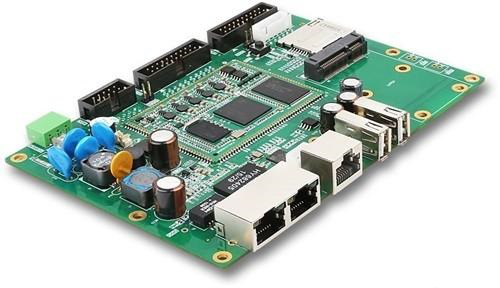What is a wireless communication module?
The term “communication module” is often mentioned in the concept of Internet of Things. Whether in industry news, in-depth articles or industry reports, you will often see this term, such as DDA communication modules, Wi-Fi modules, LTE modules, NB-IoT modules, LoRa modules, and many other types.
Module itself is a very broad concept. The official explanation is that the software module refers to a collection of program statements (i.e., a collection of program code and data structures) that can be individually named and independently complete a certain function; the hardware module refers to a system with complete functionality composed of multiple components with basic functions. Satisfy the above conditions can be called a module, we usually according to the different functions of the module will be divided into communication module, positioning module, light-sensitive module, etc., the Internet of Things mentioned communication module usually refers to the wireless module.
As we all know that electromagnetic wave signal can spread freely in space, without cable, we can also put the sound, text, data, images and other information through the electromagnetic wave way of long-distance transmission out. Of course, we need wireless modules to help us receive and send electromagnetic wave signals and convert them into information that we can directly understand. Because of the existence of the wireless module, as a user we do not need to know how the electromagnetic wave is sent out, only need to receive the transformation of the completed information on the line. Wireless module is a collection of chips plus peripheral circuits required by the chip, and there is no uniform definition in the industry. Wireless communication module empowers all kinds of IOT terminals with networking transmission capability, and is the node connecting all kinds of intelligent terminals with IOT.

It is a key link connecting the IoT perception layer and the network layer, and all the device data generated by the IoT perception layer terminals need to be aggregated to the network layer through the wireless communication module, which in turn can be remotely controlled through the cloud management platform for the devices, and at the same time, after data analysis, bring about the improvement of management efficiency.
The wireless module requires module manufacturers to integrate various components such as baseband chips, radio frequency, memory chips, capacitors, resistors, etc., and assemble them into a terminal with specific functions, which will be able to detect and communicate. So this is the first value of the module in the Internet of Things industry chain: hardware integration and software design, integration of a variety of communication systems to meet the requirements of different environments, greatly simplifying the work of downstream application manufacturers.
Wireless Module Application
Wireless communication module is a module using wireless technology for transmission, which is widely used in vehicle monitoring, remote control, telemetry, small wireless network, wireless meter reading, access control system, cell paging, industrial data acquisition system, wireless labels, identification, non-contact RF smart card, small wireless data terminals, security and fire prevention system, wireless remote control system, biological signal acquisition, hydrological and meteorological monitoring, robotics, control, wireless 232 data communication, wireless 232 data communication, wireless 232 data communication and wireless 232 data communication. control, wireless 232 data communication, wireless 485/422 data communication, digital audio, digital image transmission and other fields.














